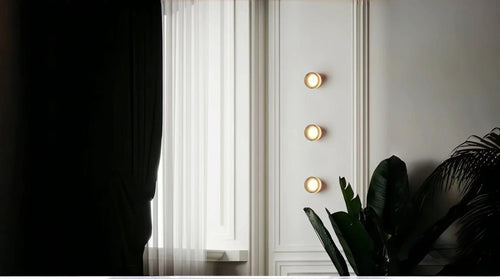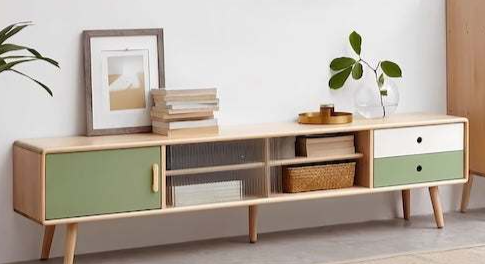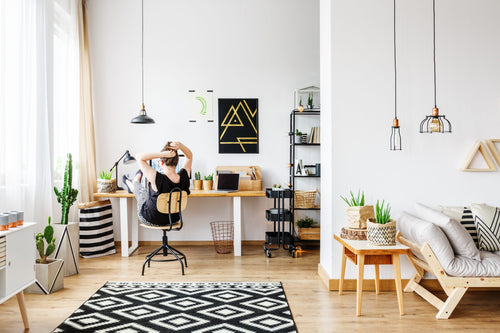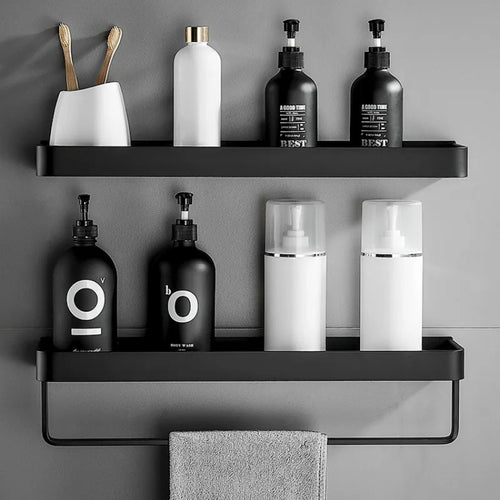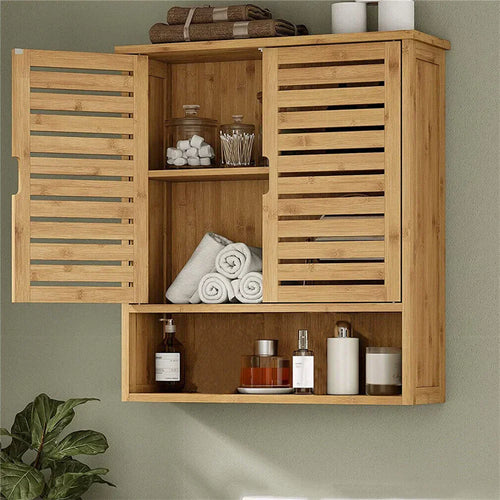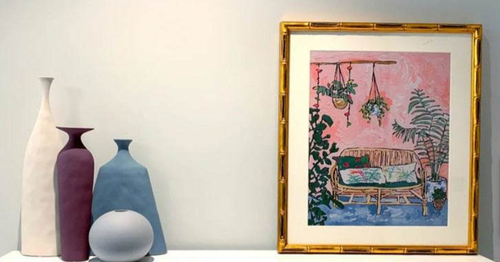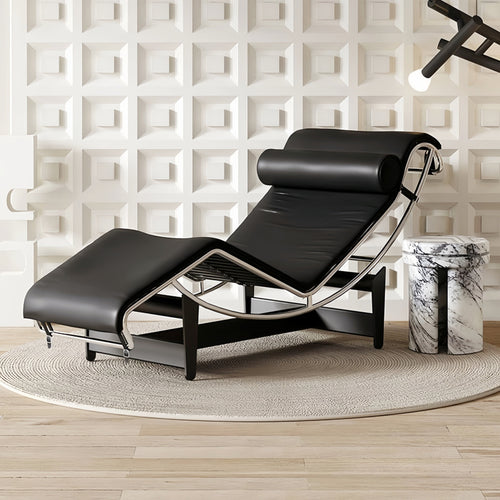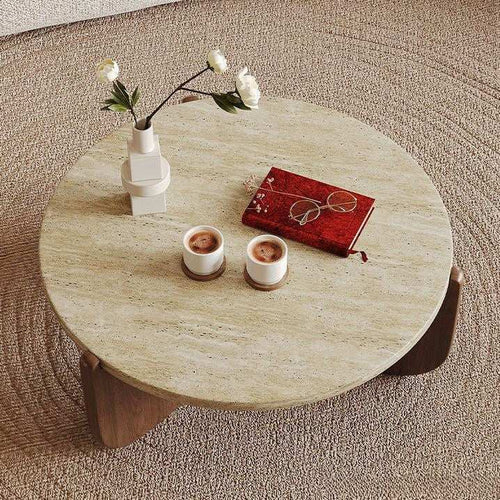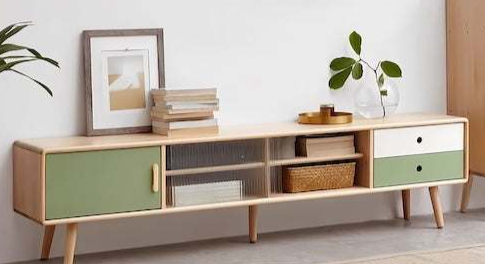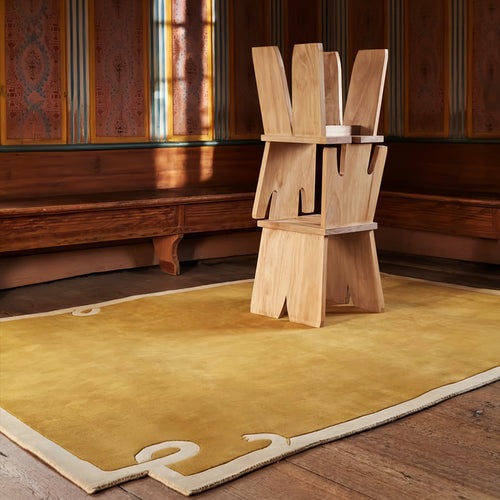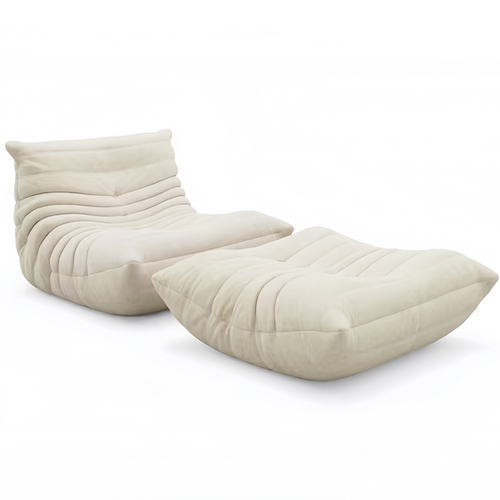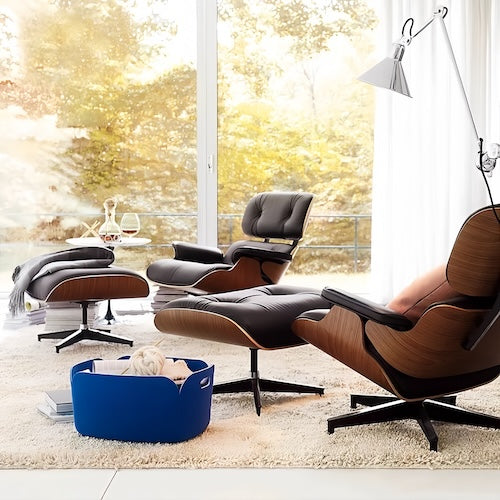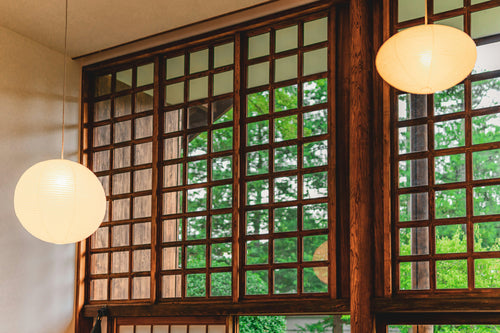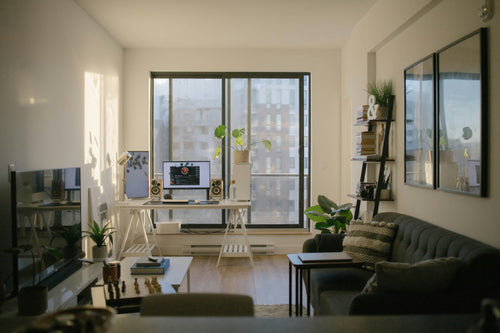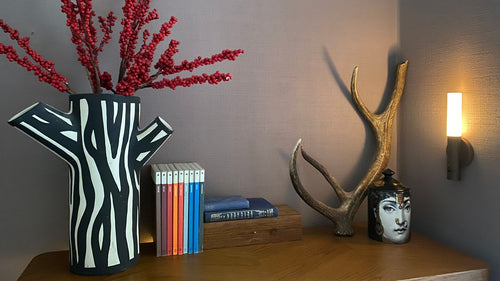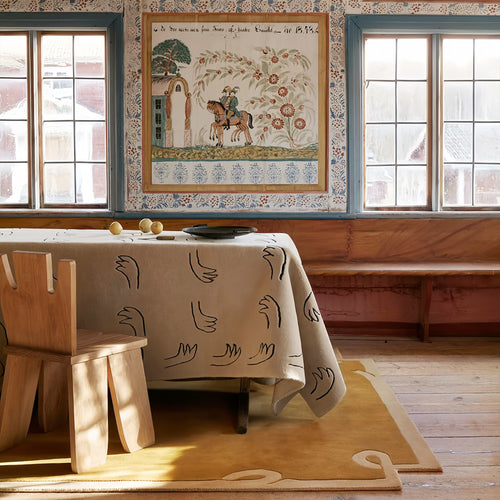Does your favorite sofa add or take away from your room's charm? Learn how fabric sofa cleaning guide tips can transform a dull couch. Every fabric sofa, from delicate velvet to sturdy cotton, needs care and the correct cleaning methods.
A fabric sofa often stands out in a cozy living room. But how can you keep it clean? With tools like the Bissell Little Green Machine for hard stains and a lint brush for everyday use, your sofa can stay clean.
To keep your sofa looking new, try using Scotchgard to block spills. Also, teach everyone at home to eat snacks away from the couch. A fabric sofa is more than just decor; it's a pledge to a cozy, clean living area.
Key Takeaways
- Regularly cleaning and maintenance are crucial for a spotless fabric sofa.
- Know the care needs of your sofa's fabric to prevent harm.
- Scotchgard helps protect against stains.
- Many tools, like vacuums and fabric shavers, keep your sofa looking good.
- Right cleaning solutions and methods tackle various stains and spills.
- Periodic deep cleaning keeps upholstery fresh and long-lasting.

A cozy living room with a soft fabric sofa being cleaned, showing a person using a vacuum cleaner and a brush, surrounded by cleaning supplies like a spray bottle and cloths, natural light streaming in through the window, highlighting the texture of the fabric and the soothing color palette.
Understanding Different Sofa Fabrics and Their Care Requirements
Choosing the right sofa fabric is key for its look and use. Think about pets, kids, or daily wear and tear. Knowing about different sofa materials helps you care for them better.
Assessing Your Sofa's Material
Materials range from natural ones like cotton and linen to synthetic ones like microfiber. Each requires a different way to keep it looking good. Black leather sofa is great for those who want less hassle and a classy style. But, fabrics like suede need more attention to keep their soft feel and look.
Fabric Cleaning Codes Explained
Sofa cleaning codes tell you how to keep your sofa looking new. Here's a simple guide:
- Code W:Ideal for water-based cleaning solutions.
- Code S:Requires solvent-based cleaners to avoid water stains.
- Code W/S:Suitable for both water-based and solvent-based cleaners.
- Code X:Maintenance should be limited to vacuuming or light brushing.
Find these codes on tags under cushions or the sofa's bottom. They help you clean right without damage.
Here's a cleaning code table for a quick look at what each sofa fabric needs:
|
Fabric |
Cleaning Code |
Recommended Cleaning Method |
|
Leather |
W/S |
Water-based cleaner or solvent |
|
Microfiber |
W |
Water-based cleaner |
|
Cotton |
S |
Solvent-based cleaner |
|
Linen |
S |
Solvent-based cleaner |
|
Suede |
S |
Solvent-based cleaner |
Using professional cleaning services regularly helps keep your sofa in top shape. This makes your home more welcoming and extends your sofa's life.
Pre-Treatment Tips to Avoid Stains on Your Fabric Sofa
To keep your fabric sofa looking new, start with the right care and protection. We'll talk about the best fabric sofa pre-treatment tips and how to keep it in top shape.
Using Scotchgard for Future Spill Protection
Scotchgard is a trusted product to shield your fabric sofa from spills. It creates a barrier that repels liquids, keeping them from sinking in. Using Scotchgard means easier cleaning later on. Experts say it's great for keeping fabric safe from stains.
To keep its protection strong, apply Scotchgard once a year. Over time, its stain-fighting power fades a bit with use and cleaning.
Implementing Household Rules to Maintain Sofa Cleanliness
Having household cleaning rules is also key to avoiding stains. Rules like no shoes on the sofa and no eating or drinking can make a big difference. No pets on the couch keeps it clean and nice looking, too.
These rules might sound strict, but they're important. They help keep your fabric sofa clean and good as new for a long time.
In the end, using Scotchgard and setting household cleaning rules really helps. These steps keep your fabric sofa clean and in great shape. You'll be happy knowing your sofa will stay beautiful for years.
Maintaining a Clean Sofa with Regular Vacuuming and Brushing
Keeping your living room's main attraction—the sofa—clean calls for regular care. This includes sofa vacuuming and brushing. Removing dust and allergens is key. It not only creates a healthier space but also keeps your sofa looking good and lasting longer.
The Importance of Frequent Dust and Lint Removal
Over time, your sofa collects dust, lint, and other small bits. These can harm the fabric and what's inside. It's important to remove dust often. This step helps avoid buildup that can cause allergies and breathing problems. By vacuuming your sofa regularly, you keep it clean. You also make sure it remains nice to look at and durable.
Choosing the Right Tools for Fabric Maintenance
Choosing the right upholstery tools is very important. The right tools clean well without harming your sofa's fabric. They are gentle but can still take out tough dirt and grime.
This guide shows why it's good to use professional upholstery cleaning services. It also explains how picking proper care methods is important. Regular maintenance makes a big difference in how your furniture looks and feels.
|
Cleaning Code |
Description |
Professional Cleaning Benefits |
|
W |
Water-based solutions |
Helps remove basic stains and odors, viable for general maintenance |
|
S |
Solvent-based solutions |
Effective for oil-based stains |
|
WS |
Water or solvent-based solutions |
Flexible cleaning options for different types of stains |
|
X |
Vacuum only |
Essential for surfaces not compatible with water or solvent solutions |
By making sofa vacuuming, dust removal, and using the right upholstery tools part of your routine, you can extend your sofa's life. It will stay as inviting and comfy as when you first got it.
Reviving Your Sofa: Fluffing and Rotating Cushions
To keep your furniture looking great, focus on cushion maintenance and sofa care. These steps not only boost comfort but also extend furniture life. Fluffing and rotating your sofa cushions regularly is a key practice. It greatly affects your sofa's lifespan and appearance.
Fluffing and rotating cushions spread out wear and tear. This prevents your favorite spots from sagging and flattening. By moving cushions around, you make sure every part gets used equally. This helps the sofa keep its shape and stay comfortable all over.
- Regular rotation and fluffing can keep the cushion fill distributed evenly
- Beating cushions can help fluff up fibers and prevent clumping
- Adding extra stuffing or foam can rejuvenate sagging cushions
These cushion care steps enhance how your sofa looks and feels. Below are some tips for effective sofa and cushion care:
|
Maintenance Action |
Benefit |
Frequency |
|
Flipping and Rotating Cushions |
Distributes wear evenly, prevents sagging |
Every 2-3 weeks |
|
Adding Extra Foam/Stuffing |
Increases support, prolongs cushion life |
As needed |
|
Beating and Fluffing Cushions |
Reshapes and refreshes cushion appearance |
Weekly |
Following these easy yet effective sofa care tips can extend furniture life. Your sofa will continue to look and feel new. Remember, regular upkeep is the secret to long-lasting furniture that remains cozy and stylish over time.
How to Manage Pilling on Your Sofa
Many homeowners seek ways to fix sofa fabric pilling. It's important to keep upholstered furniture looking and feeling good.
Understanding Pilling and Its Causes
Pilling happens when fibers come loose and form small balls. Furniture care is impacted by this common issue. It's not a sign of poor quality. Even high-quality materials like those from King Living get pills.
Effective Use of a Fabric Shaver
A fabric shaver is key in fighting pilling. This tool is affordable, starting at $12.99. It cuts off pills without harming the fabric. It's easy to use and can make a sofa look new by removing a year's worth of pilling in about 20 minutes.
The usefulness of fabric shaver usage goes beyond sofas. It helps keep sweaters, bedding, and more in top shape.
|
Material Type |
Sensitivity to Pilling |
Fabric Care Tips |
|
Performance Fabrics |
High |
Use fabric shaver monthly; avoid rough materials and pet nails. |
|
Woven Fabrics |
Medium |
Regular brushing and vacuuming; use of fabric softeners to reduce friction. |
|
Tightly Woven Materials |
Low |
Occasional vacuuming; manual removal of any forming pills. |
Using a fabric shaver regularly is a smart move. It can save time on home care. Plus, it keeps your furniture looking better and lasting longer.
How to Clean Fabric Sofa: Addressing Accidental Spills and Stains
Spills and stains on your fabric sofa can be upsetting. But, you can tackle them with the right know-how. Quick action on spills like coffee or mud is key. This keeps your sofa looking good and lasting longer.

A cozy living room featuring a fabric sofa with various spot cleaning tools around it, including a spray bottle, soft brush, and clean cloths. The sofa has visible stains that are being treated, showcasing different cleaning methods in action. Bright lighting highlights the texture of the fabric and the vibrant colors of the couch, with an inviting atmosphere.
For stains like mud, ketchup, or lipstick, you can often use items from your home. Water usually works, but some spots might need soap. Swyft gives easy steps for each type of sofa stain.
|
Type of Stain |
Cleaning Agent |
Additional Steps |
|
Mud/Ketchup |
Water |
Blot gently, do not rub |
|
Lipstick |
Water and baking soda |
Apply vinegar post-baking soda for tougher stains |
|
Ink |
Water and liquid soap |
Blot, do not scrub |
|
Wine |
Hand soap and water |
Mix white vinegar and baking soda for persistent stains |
It's vital to know your fabric type and follow the care labels when cleaning upholstery. Clean spills right away. Use a soft cloth or sponge. Vacuuming your sofa weekly keeps it free of dirt.
If you're up against a tough spot, try steam cleaning. Do a patch test first to see if your sofa fabric can handle it. Stats show 70% of sofas are safe for steam cleaning.
Preventing stains is best. Use sofa covers, ban food, and get your upholstery professionally cleaned. This keeps your sofa looking new and ready for whatever comes its way.
Spot-Cleaning Techniques for Immediate Stain Removal
When it comes to upholstery care, like spot-cleaning fabric sofas, acting quickly is key. Quickly treating stains helps keep your furniture looking and lasting better. Here's your guide to dealing with common household stains using simple, effective methods.
Having a fast plan for spills keeps your sofa looking new. We'll go over different stains and how to fix them:
|
Type of Stain |
Recommended Treatment |
|
Food and sauce |
Blot immediately, then clean with a solution of water, dishwashing liquid, and vinegar. |
|
Coffee or tea |
Apply a mixture of white vinegar and baking soda for natural lifting of the stain. |
|
Ink |
Spot clean with rubbing alcohol or cleaning fluid applied to the back of the stain. |
|
Blood |
Soak the area with a mix of cool water and salt or hydrogen peroxide before blotting. |
|
Grease and oil |
Blot excess, then sprinkle baking soda or cornstarch; brush off after a few hours. |
|
Grass |
Pre-treat with a solution of white vinegar and liquid detergent before rinsing. |
|
Chocolate |
Immediate action with cooling the area, followed by gentle scraping and a mild cleaning agent. |
Using these spot-cleaning fabric sofa tricks will get you ready for any spills. Keeping up with maintenance, like vacuuming and spot-cleaning right away, is very important for upholstery care. The right methods and a quick response can reduce the need for deep cleaning. Thus, your sofa stays nice without harsh chemicals or hiring pros. Remember, quick and correct actions are best against stains.
Deep Cleaning: When and How to Steam Clean Your Sofa
Steam cleaning your sofa may seem hard but it's worth it. A proper approach will make your sofa last longer and stay looking good. Let's go over what you need to do before you start steam cleaning.
Guidelines for Safe Steam Cleaning
Begin by vacuuming your sofa well to get rid of dust and hidden dirt. This step makes sure the steam cleaning works better. Do this on a sunny day so your sofa dries faster and avoids moisture problems.
If you're new to steam cleaning, be careful to not harm the fabric. Always try the steamer on a small part of the sofa first. Remember, patting gently is key—rubbing hard can make things worse.
Steam cleaning does more than just make things look nice. It kills germs and allergens without bad chemicals. After cleaning, air dry your sofa completely with fans or windows open to stop mildew from forming.
Choosing a Steam Cleaner for Your Sofa Type
Picking the right steam cleaner is important. Use a steam cleaner meant for upholstery with cotton, microfiber, or velvet. Check the sofa’s tag. "W" means it’s okay to use water-based cleaners. "S" means use dry cleaning solvent, and "X" means just vacuum or get professional help.
Be extra careful with leather or antiques. For these, you might want to call a pro, especially for tough stains or smells.
Here's a quick list of what you need for steam cleaning:
|
Item |
Usage |
|
Vacuum with upholstery attachment |
For initial dust and debris removal |
|
Handheld steamer |
For direct steam application |
|
Microfiber cloths |
For blotting and wiping after steaming |
|
Upholstery stain remover |
For pre-treating visible stains |
|
Dishwashing liquid + warm water |
Optional: DIY solution for light stains |
In the end, keep your sofa clean and smelling nice by cleaning it now and then. Following these steps and using the right tools makes steam cleaning your sofa a good idea. It helps your furniture look better and last longer.
DIY Cleaning Solutions for Everyday Upholstery Care
Caring for your fabric sofa doesn't have to be expensive. Using DIY upholstery cleaner methods is good for the planet. It also keeps your home safe from strong chemicals. By adopting eco-friendly cleaning solutions, you make fabric sofa care simple and safe.
Homemade Eco-Friendly Cleaning Mixtures
Making your own upholstery cleaner is easy. Many DIY fans love a natural mix that you can make from kitchen items. Just mix distilled water, a bit of clear Dawn dish soap, and distilled white vinegar. This blend works well for normal dirt and mild stains. It uses vinegar's grease-fighting power without the harshness of store-bought cleaners.
Here’s how to create your DIY upholstery cleaner:
- 500ml of distilled water: This makes sure the cleaning mix is pure.
- 1 tbsp of clear Dawn dish soap: It gently lifts dirt without harming fabric.
- 250ml of distilled white vinegar: It gets rid of dirt and makes things smell nice.

"An assortment of natural ingredients for DIY upholstery cleaner, including a spray bottle, lemon halves, white vinegar, baking soda, and essential oils arranged on a wooden table, with a soft fabric sofa in the background."
Testing Cleaning Solutions on Your SofaAlways test your homemade cleaner on a small, hidden spot of your sofa. Put a little bit of the cleaner on the sofa, wait a few minutes, then dab it dry. This step makes sure the cleaner won't harm the sofa's fabric or colors.
|
Ingredient |
Purpose |
Benefits |
|
Distilled Water |
Base of cleaner |
No minerals to leave residue |
|
Clear Dawn Dish Soap |
Cleanser |
Effectively removes oils and residue |
|
Distilled White Vinegar |
Odor neutralizer and softener |
Cuts through grease and freshens fabric |
Maintaining your fabric sofa is simple with these steps and ingredients. These eco-friendly cleaning solutions are effective and safe for the environment. Regular use of these DIY mixes keeps your sofa clean and fresh. Plus, it does so without harsh commercial cleaners.
Neutralizing Odors and Keeping Your Sofa Fresh
To deodorize fabric sofa and remove couch odors, natural solutions are key. We've put together a guide using household items to keep your sofa fresh. These steps make your sofa welcoming again.
Baking soda is a great odor neutralizer for sofas. Just sprinkle it generously and leave it overnight. In the morning, vacuum it up to freshen your sofa.
White vinegar is also powerful against odors. Mix it with water, add essential oils like lavender, and spray it on your sofa. This leaves your sofa smelling nice.
Activated charcoal in fabric bags removes odors well when tucked under cushions. Its porous nature traps bad smells.
|
Natural Deodorizer |
Application Method |
Duration |
|
Baking Soda |
Sprinkle over sofa fabric |
Overnight |
|
Vinegar and Essential Oil Spray |
Spray lightly and let dry |
Immediate freshness, reapply as needed |
|
Activated Charcoal |
Place in fabric bags under cushions |
1-2 months before replacing |
Sunlight and fresh air can also fight couch odors. Open windows or put your sofa in sunlight to kill bacteria. This refreshes the fabric.
Regularly vacuum your sofa and quickly clean spills to prevent odors. These steps, plus natural deodorizers, keep your sofa fresh and inviting.
Conclusion
As we conclude, it's crucial to keep your fabric sofa looking great. This requires constant care and quick action when spills happen. Fabric sofas are common in homes, so knowing how to care for yours is important. Make sure to check the care labels on your sofa. They tell you everything you need to know about keeping your sofa in good shape.
Using simple items like vinegar and dish soap can help remove stains. For tougher issues, you might need professional cleaning. This helps your sofa stay nice and clean for a long time. The care labels, like "W" for water-based cleaning, guide us in maintaining our sofas. Avoiding sunlight and moving cushions around also helps. In Asheville, NC, Five Step Carpet Care is known for using eco-friendly methods to care for furniture.
Finally, while some brands like CHITA give specific advice for their sofas, the main tips for keeping any fabric sofa nice are the same. Clean regularly, treat your living space with love, and learn what your sofa needs. This way, your sofa will remain a cozy and stylish spot for years to come.
FAQ
What are the basic steps for fabric sofa cleaning?
Start with vacuuming to pick up dust and loose dirt. Spot-clean stains carefully, choosing solutions that match your sofa's fabric type. Finally, apply a fabric protector like Scotchgard to defend against spills in the future.
How can I determine the best way to care for my specific type of sofa fabric?
Always check the cleaning code on your sofa's tags, located under the cushions. This code tells you if water, solvent-based cleaners, or just vacuuming is best for your sofa.
What does each fabric cleaning code mean?
'W' means you can use water-based cleaners. 'S' means only solvent-based cleaners are safe. 'WS' gives you the choice of water or solvent cleaners. 'X' suggests vacuuming only, avoiding liquids.
Can Scotchgard be used on any fabric sofa?
Scotchgard works on most fabrics. But, it's wise to first test it in a small, hidden spot. Always follow the manufacturer's directions and reapply as necessary to keep its protective quality.
What household rules can help maintain sofa cleanliness?
Simple rules help, like no shoes on the sofa, not eating or drinking there, and keeping pets off. These habits minimize spills and stains.
Why is vacuuming important for sofa maintenance, and how often should it be done?
Vacuuming takes away dust, allergens, and food crumbs. This keeps your sofa clean and cuts down on fabric damage. Vacuum weekly, or more if needed.
What tools are best for maintaining the fabric of my sofa?
Use a vacuum with attachments for upholstery, lint brushes for pet hair, and fabric shavers for pilling. For heavy-duty cleaning, an upholstery cleaner like the Bissell Little Green Machine is great.
How can I keep my sofa cushions looking and feeling good?
Rotate and fluff your cushions regularly to wear them evenly and keep their shape. If they're removable, shake or vacuum them for extra cleanliness.
What causes pilling on a fabric sofa and how can I fix it?
Pilling happens from fabric friction, which tangles fibers. A fabric shaver can neatly remove these pills, making your sofa look new again.
How do I clean fabric on my sofa after an accidental spill?
Quickly dab the spill with a clean, dry cloth to soak it up. Don't rub it! Check the cleaning advice for your upholstery or try an upholstery cleaner if it's serious.
What's the safest method for tackling an immediate stain on my sofa?
Blot stains with a water, dish soap, and white vinegar mix. Always follow the care instructions for your sofa's fabric. Be gentle and never scrub hard to avoid damage.
When should I consider steam cleaning my fabric sofa?
Steam clean for a deep clean, about once or twice a year, or after bad spills. Always look at the manufacturer's advice first to avoid harm.
Can I create my own upholstery cleaner for everyday stains?
Yes, blend distilled water, clear dish soap, and white vinegar for an effective cleaner. Always spot test before full use.
How do I keep my sofa smelling fresh?
Use baking soda. Spread it over the sofa, let it sit to absorb odors, then vacuum well. This helps keep your sofa fresh.







